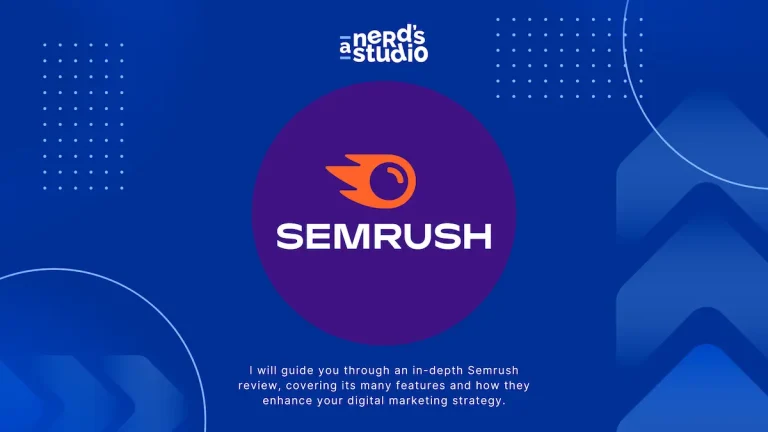So, you’ve decided to start on the journey of blogging, but it’s like setting sail without a compass if you don’t have a solid SEO content strategy in place.
As a new blogger, the key to gaining visibility and attracting organic traffic lies in your approach to content creation.
You may be wondering, what exactly should your SEO content strategy entail?
Well, let’s just say, it’s like constructing a sturdy house – you need a strong foundation, the right materials, and a blueprint for success.
In this article, I list down 5 essential SEO content strategy so you’ll have a clear understanding of the essential elements to elevate your new blogging venture.
My Takeaways
Understanding Keywords and Their Usage

If you want to target keywords effectively, you need to understand your audience’s location, values, and habits.
Use tools like Google Keyword Planner, Semrush, and Moz to do thorough keyword research and find related search terms.
Use both short and long keywords in your SEO content strategy to cover a wide range of user queries.
Focus on creating content that addresses relevant topics and answers common questions in your niche.
This won’t only improve your website’s search engine optimization but also connect with your target audience.
When you create content, make sure it’s optimized for search engines to reach and engage your audience effectively.
Enhancing User Experience for SEO
When it comes to enhancing user experience for SEO, you’ll want to pay attention to factors like page load speed, mobile-friendly design, and clear navigation paths.
Ensuring your website loads quickly on both desktop and mobile devices will keep users engaged and improve your SEO performance.
Additionally, a mobile-friendly design and intuitive navigation will make it easier for users to find and consume your high-quality content, boosting both user experience and SEO rankings.
Page Load Speed
Improving your website’s page load speed is really important for making it easy for users and improving your SEO rankings.
Here are a few things you can do to make sure your page loads quickly:
Mobile-Friendly Design
Improve your blog’s SEO performance by making it easy to use on mobile devices. This is important for giving users a good experience and boosting your site’s ranking. Make sure it’s easy to navigate, loads quickly, and is easy to read on mobile.
Responsive design and mobile optimization are important things to think about. With Google’s mobile-first indexing, having a mobile-friendly website is crucial for SEO success. Using Accelerated Mobile Pages (AMP) can also make the user experience better and help with SEO.
To make your website easier to use and improve its search engine ranking, make sure the paths that guide visitors are easy to follow.
Here’s what you can do:
Building a Strong Backlink Profile
You’ve got to understand that the quality of your backlinks matters more than the quantity. Seek out links from authoritative and relevant websites to establish your website’s credibility and improve its search engine rankings.
Diverse sources, like guest posts, influencer collaborations, and broken link building, can also help you create a strong and varied backlink profile.
Link Quality
To build a strong backlink profile, focus on getting links from high-quality websites in your industry.
Here are some steps to improve your link quality:
Diverse Sources
To build a strong backlink profile, you need to find different trustworthy sources to boost your website’s credibility and SEO ranking. Focus on getting links from high-quality websites in your industry.
You can contribute guest posts to relevant, top-notch websites to gain valuable backlinks and reach new audiences. Also, engage with users on social media and online communities to naturally attract backlinks to your content.
Join industry-related forums and discussions, share valuable insights, and link back to your content when it fits the conversation to get backlinks from respected sources.
Work with influencers, industry experts, and fellow bloggers to create content that naturally includes backlinks, benefiting both of your SEO strategies.
Prioritizing Quality Content Over Quantity

Focus on quality content rather than quantity to effectively engage your audience and build brand credibility. When you focus on quality content, you should consider the following:
Implementing a Consistent Blogging Schedule
If you want to keep your audience engaged and make sure your blog shows up in search results, it’s important to stick to a regular blogging schedule.
As a new blogger, setting a consistent posting schedule is crucial for attracting and keeping visitors. Being consistent not only helps you build trust with your audience but also makes your blog more visible in search engine results.
Use a content calendar to plan and organize your posts ahead of time so you can stick to a steady publishing schedule. By sticking to your schedule and avoiding random posting, you show your audience that they can rely on you.
Consistent blogging demonstrates your commitment to providing valuable content and is essential for long-term success. Stick to your schedule to strengthen your blog’s impact and reach.
Incorporating Long-Tail Keywords in Content

If you want your content to be more visible and relevant to your audience, you should include specific long-tail keywords that match what they’re searching for. Here’s what you should do when adding long-tail keywords to your content strategy:
Creating Search Engine Optimized Content
Once you’ve added relevant long-tail keywords to your content strategy, the next important step is to create content that’s optimized for search engines and tailored to your audience’s interests and needs.
Start by doing thorough keyword research to find out what terms and phrases your audience is searching for, and then incorporate them strategically into your content. Make sure to come up with catchy titles, meta descriptions, and headings to boost your SEO strategy.
Focus on delivering top-quality, helpful, and interesting content that really connects with your audience. Keep the user experience in mind by optimizing content formats and avoiding excessive use of keywords.
Also, pay attention to technical details like meta descriptions, headings, and image tags to improve your visibility on search engines.
Developing a Link-Building Plan

To boost your website’s visibility and authority, you need to create a solid plan for building links. Here’s how you can do it:
Monitoring Content Performance and Analytics
Make sure your blog reaches its full potential by regularly checking how well your content is doing using powerful analytics tools. Keep an eye on important numbers like website traffic, bounce rate, time on page, and conversion rates to understand what your audience likes.
Find the content that’s doing really well and make it even better to take advantage of its success. Use data-driven insights to improve your SEO content strategy and keep your blog interesting and relevant.
Keep tracking and measuring how well your content is doing to keep growing and make smart choices about what you write. By paying attention to your blog’s analytics, you can adjust your SEO content strategy to meet your audience’s changing needs and stay strong in the digital world.
Wrap-Up on SEO Content Strategy
Now that you know how to make your blog more visible and get more people to visit, it’s time to start doing it!
Focus on making your blog easy and fun for people to use, using the right words, and making sure your content is top-notch.
Keep an eye on how well your content is doing and change your plan if you need to.
Stick to a regular schedule for posting and use specific keywords, and you’ll be well on your way to success as a new blogger.
Keep making great content and see your blog grow!







